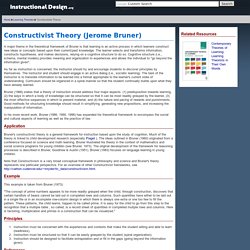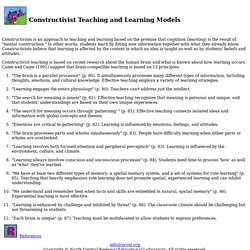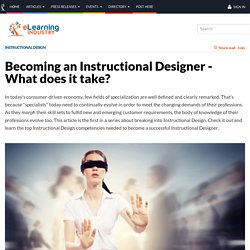

Training design ideas from Cathy Moore. Look Inside TD at Work. Drink to Your Health with a Juice Cleanse - ThisIsKC. Share Tweet Pin Get a better feeling from Cafe Gratitude and t.

Loft OK, so trying out a raw juice cleanse probably won’t get you mistaken for celebrity devotees such as Sophia Vergara, Gwyneth Paltrow or Blake Lively, but it could just get you looking and feeling like a superstar version of yourself. Advocates claim short juice fasts are a great way to kick-start better health, with reported benefits ranging from clearer skin and improved energy and moods to weight loss and reduced sugar cravings. Whether you want to head off on your summer vacay with a healthy glow or need to get back on track after too many barbecues and summer festivals, two local venues are offering juice boosts. Give Café Gratitude just 24 hours’ notice and you can pick up all you need for a one-, two- or three-day juice cleanses from the Crossroads restaurant.
Try t.Loft’s cleanse, which consists of four juices, one almond milk, one salad, one protein ball and tea for $55 each day. Brain-Based Learning. Learning Styles - Learning skills from MindTools.com. Understanding Learning Preferences Identifying your preferred style of learning can make gaining new knowledge and skills easier.

Have you ever tried to learn something fairly simple, yet failed to grasp the key ideas? Or tried to teach people and found that some were overwhelmed or confused by something quite basic? If so, you may have experienced a clash of learning styles: your learning preferences and those of your instructor or audience may not have been aligned. When this occurs, not only is it frustrating for everyone, the communication process breaks down and learning fails. Once you know your own natural learning preference, you can work on expanding the way you learn, so that you can learn in other ways, not just in your preferred style.
And, by understanding learning styles, you can learn to create an environment in which everyone can learn from you, not just those who use your preferred style. The Index of Learning Styles™ You can see these in figure 1, below. Balance is key. Tip: The Center for Effective Learning - Susan Kovalik & Associates, Inc. - Educational Professionals. Constructivist Theory. A major theme in the theoretical framework of Bruner is that learning is an active process in which learners construct new ideas or concepts based upon their current/past knowledge.

The learner selects and transforms information, constructs hypotheses, and makes decisions, relying on a cognitive structure to do so. Cognitive structure (i.e., schema, mental models) provides meaning and organization to experiences and allows the individual to "go beyond the information given". As far as instruction is concerned, the instructor should try and encourage students to discover principles by themselves. The instructor and student should engage in an active dialog (i.e., socratic learning). The task of the instructor is to translate information to be learned into a format appropriate to the learner's current state of understanding.
Application Bruner's constructivist theory is a general framework for instruction based upon the study of cognition. Example This example is taken from Bruner (1973): Constructivist Teaching and Learning Models. Constructivism is an approach to teaching and learning based on the premise that cognition (learning) is the result of "mental construction.

" In other words, students learn by fitting new information together with what they already know. Constructivists believe that learning is affected by the context in which an idea is taught as well as by students' beliefs and attitudes. Constructivist teaching is based on recent research about the human brain and what is known about how learning occurs. Social Learning Theory. Learning Theories. Challenge Based Learning - Welcome to Challenge Based Learning!
Instructional Design for ELearning: Essential guide to creating successful eL... Becoming an Instructional Designer - What does it take? Instructional Design is one such profession that has been evolving at a much faster pace than many other emerging digital-economy professions.

Historically, an Instructional Designer supported the creation of, or participated in the selection of appropriate instructional materials. These creations or selections were subject to specific processes, and involved the use of time-honored educational psychology principles, that resulted in the end deliverable. For instance, the instructional designer could: develop digital content for an online employee indoctrination programcreate User or Operational manuals for a piece of heavy equipmentproduce decision-trees that 911 operators would use to triage an emergency callassist with producing supplementary course materials (e.g.
Quizzes, Self-Evaluation questions etc.) for an IT Certification course. Instructional Design Competencies The Foundations Having the following key competencies is a must if one desires to make ID their profession: